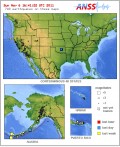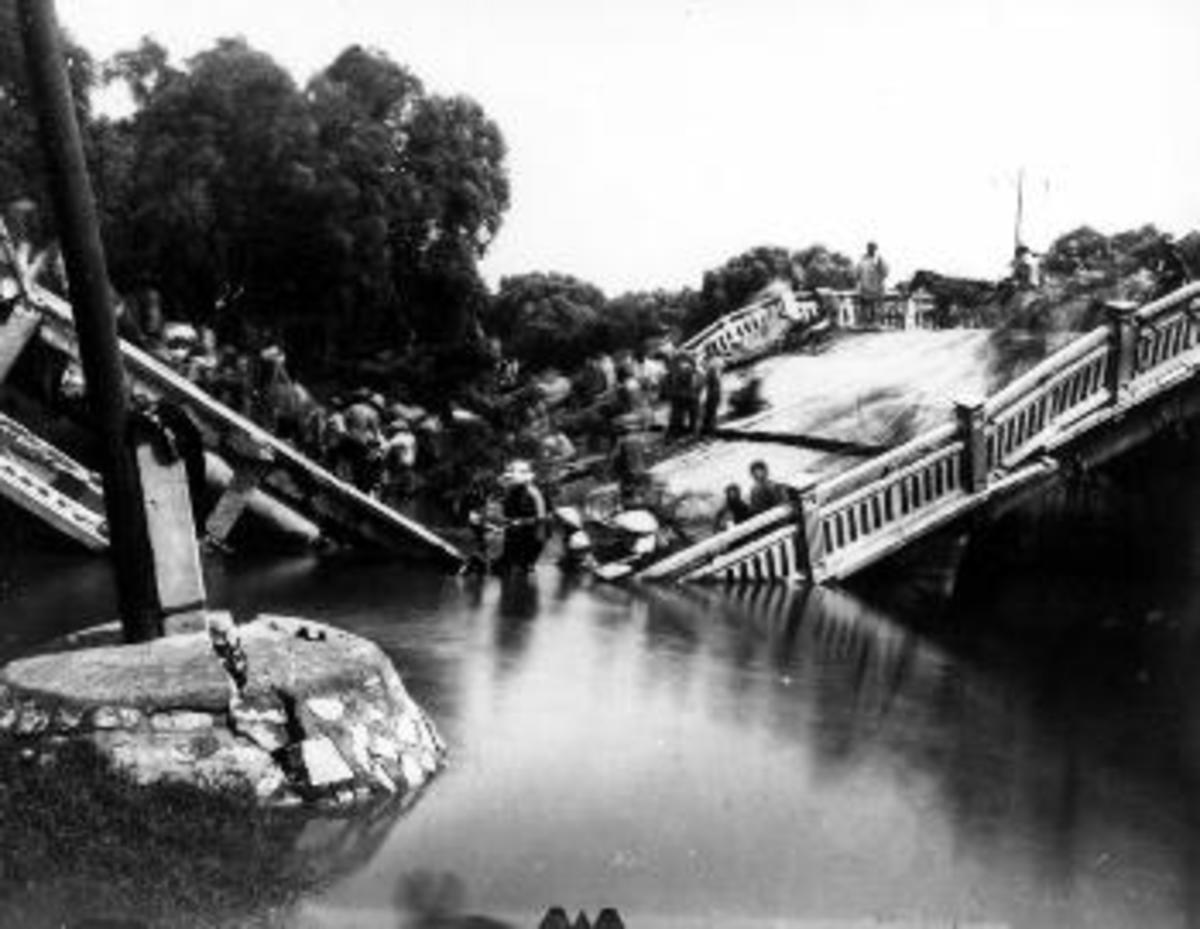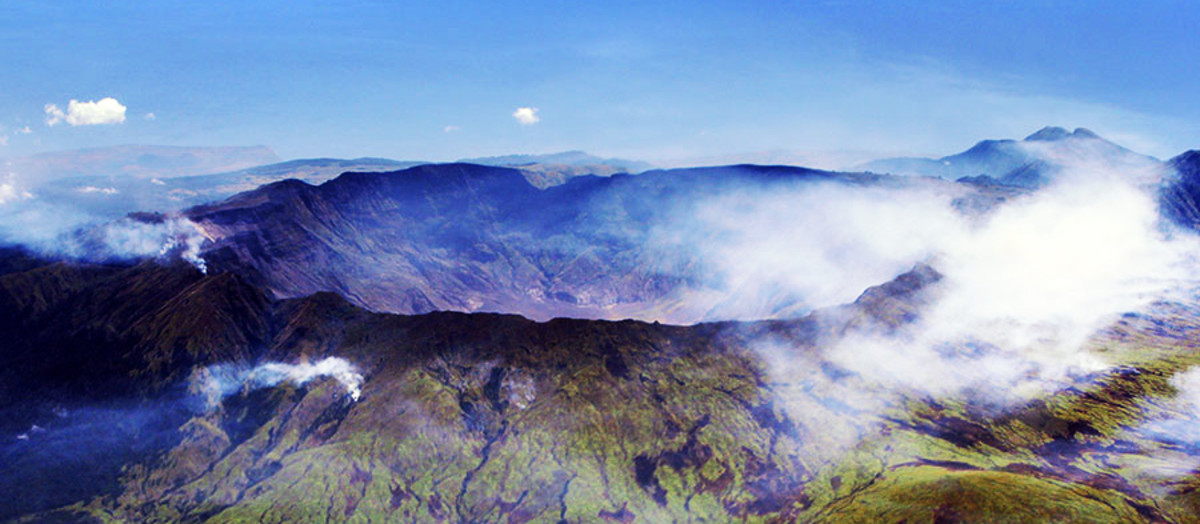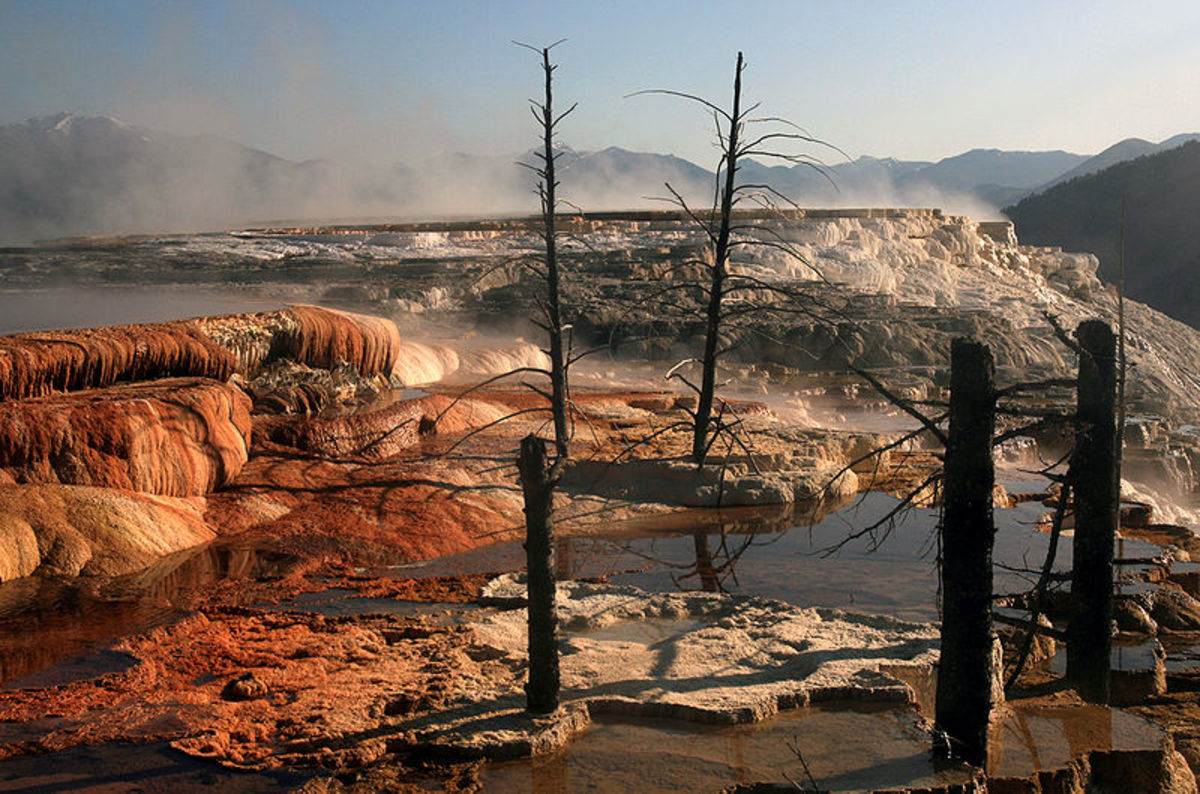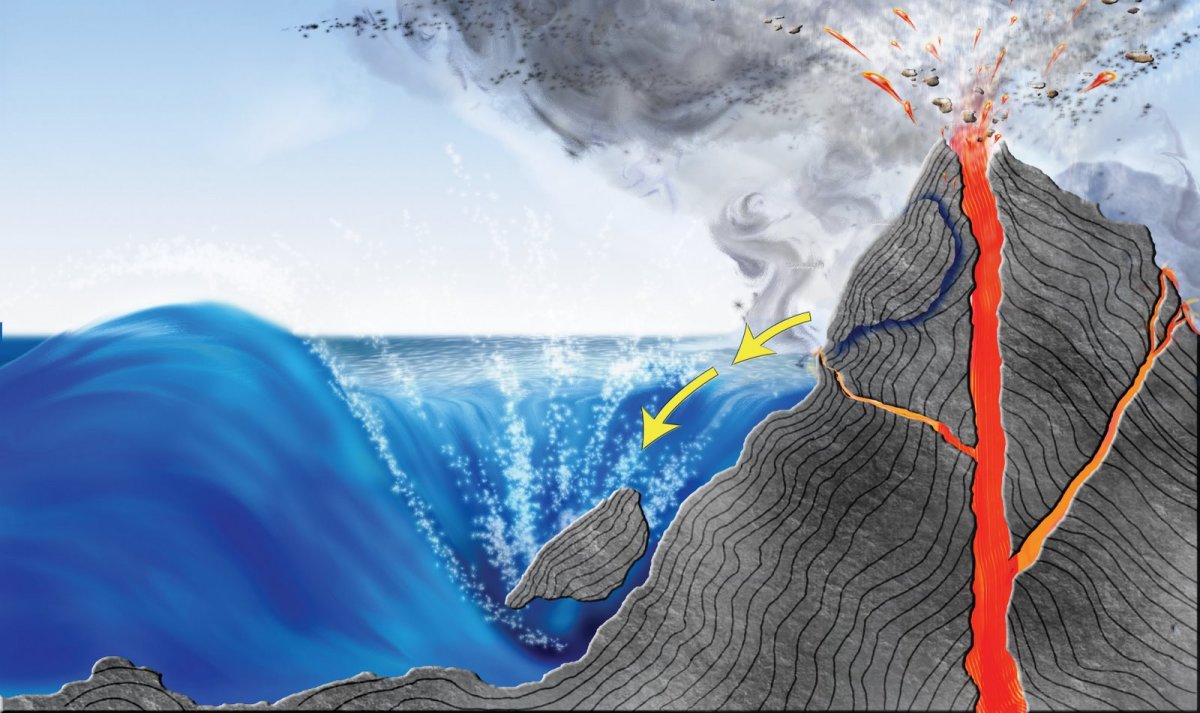Understanding Earthquakes and Preparing For Them
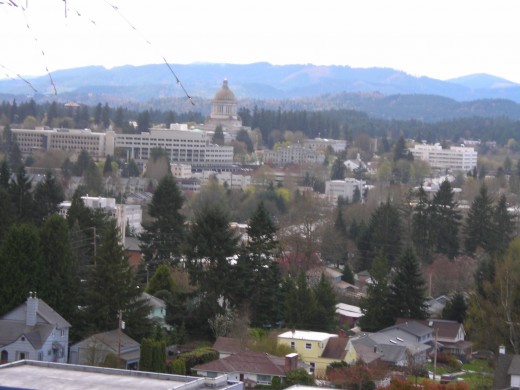
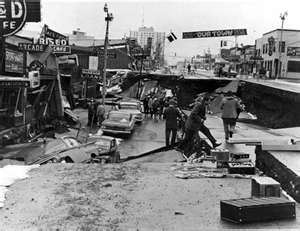
- Welcome to the USGS - U.S. Geological Survey
Federal source for science about the Earth, its natural and living resources, natural hazards, and the environment.
Have you ever been in an earthquake measuring 6.0 or larger?
In the wake of the earthquake in Mexico City I felt it was time to educate as many people as possible about earthquakes. For those of us who live in the Pacific Northwest of the United States, this subject is akin to talking about water coming out of a faucet or the toilet flushing when you push the handle. We just take it for granted that those things are going to happen just as we take for granted that an earthquake is going to give us a little wake-up call at some point in the near future.
The earthquake in Mexico City measured 7.4 on the Richter Scale, a fairly significant earthquake, and yet caused very little damage. There have been earthquakes of less magnitude that have done far greater damage so I am quite sure the people of Mexico City and surrounding lands are feeling very grateful tonight.
What follows then is a primer about earthquakes, basically the how, what, why and when of one of nature’s more frightening activities.
DEFINITION PLEASE!
An earthquake is a release of energy in the Earth’s crust and that release causes seismic waves. Picture yourself dropping a ball into a filled bathtub; when the ball hits you will see ripples heading off from the impact spot. The ball has released energy in the form of those ripples and the ripples will diminish in size the further they get from the impact spot.
When an earthquake occurs, the origin of that quake is called the hypocenter and the place directly above it on the surface of the Earth is called the epicenter. Generally the largest release of energy is near that hypocenter and the energy dissipates the further the energy travels. Are you with me so far?
WHAT IS THE CAUSE OF AN EARTHQUAKE?
There are actually several ways that an earthquake can begin. The most common way is when there is a rupture in a geological fault. Thus geologists will talk about fault lines and their activity. When two fault lines rub against each other or one drops lower or rises higher there is a release of energy and things start shaking above ground.
However, earthquakes can also be caused by volcanic activity, large landslides or explosions. Any major event that causes the Earth’s crust to shift can be the cause of a seismic activity.
SO WHAT IS THIS RICHTER SCALE?
The Richter scale was developed in 1935 by Charles F. Richter of the California Institute of Technology. It is a device used to measure the amount of energy that is released in a quake and is the most common tool of measurement regarding earthquakes.
The Richter scale is logarithmic meaning that every whole number jump indicates ten times more energy being released. In other words an earthquake measuring 6.0 on the scale is ten times more powerful than an earthquake measuring 5.0; by extension that same 6.0 earthquake is one-hundred times more powerful than one measuring a 4.0 on the scale.
HOW OFTEN DO EARTHQUAKES HAPPEN?
Every single day there are hundreds of earthquakes around the world and a majority of those are so small in nature that they cannot be felt on the surface of the Earth. In fact, it is estimated that several million earthquakes occur each year around the world. Approximately 20,000-25,000 per year are detected and recorded and needless to say few are as large as the Mexico City earthquake.
WHERE DO THEY HAPPEN?
The quick answer is everywhere! The Earth’s crust is unstable on the best of days so it is quite common for earthquakes to happen anywhere. However, the majority of earthquakes happen along the Pacific Rim where some of the more unstable fault lines exist. That is why most of the major destructive earthquakes have occurred in countries bordering the Pacific Ocean and that is why those of us who live in the Pacific Northwest are so calm and collected when earthquakes are mentioned in a conversation.
SO HOW BIG IS BIG?
The largest recorded earthquake in history happened in 1960 in Chile; it measured 9.5 on the Richter scale and believe me, that is a monster earthquake. The second largest happened in 1964 in Prince William Sound, Alaska, and that was 9.2 on the scale. All told there have been seven earthquakes that measured over 9.0 with the latest being last year in Honshu, Japan.
Eleven of the top fifteen quakes in the United States have been in Alaska, the most recent of which was in 2003 in the Aleutian Islands, a 7.8 quake which caused little damage because of its location.
WHY IS DAMAGE SO UNPREDICTABLE?
There are many reasons why one quake may cause significant damage while another of similar size is hardly noticed in terms of loss of life or property destruction.
As stated earlier, the earthquake in Mexico City was a sizeable earthquake and very close to a major population center and yet there was little damage detected. Many of the new buildings are constructed according to earthquake standards with special fittings that allow the building to sway without structural damage. Modern materials for building are much more structurally sound than the old brick buildings that collapsed in the Great San Francisco Quake of 1909.
The depth of a quake will have much to do in determining damage as will its location. So many of the large quakes that have hit Alaska have been minor in terms of damage with the major exception of the 1964 quake which turned roads in cities there into roller coasters and caused wide-spread building destruction.
WHAT TO DO IN AN EARTHQUAKE
The first thing anyone will tell you is don’t panic but that is much easier said than done and I speak from experience. When the ground is rolling beneath your feet and the ceiling tiles are falling down and windows are imploding it takes quite the brave human being not to panic. Citizens in the Pacific Northwest are taught to duck and cover, meaning get underneath something that is structurally strong. Determining the strongest support in a building takes a bit of pre-planning of course and if that pre-planning has not been done people can be rather unpredictable when things start to rock n roll.
MY OWN EXPERIENCE
I have been in four earthquakes during my lifetime that measured over 6.0 on the Richter scale. I can say with all certainty that they are not fun; I can also say that since there is no way to predict them there really is no sense worrying about them. I am aware of my surroundings and have, in the past, reacted properly when they happen. People who do not live here marvel that we are able to be so nonchalant about earthquakes but then I marvel at those who live in Tornado Alley so there you go!
I prescribe to the basic philosophy that Mother Nature is going to do whatever She pleases and there is nothing I can do about it so there is no reason to worry about something out of my control.
Having said that, I would be very pleased if I don’t experience another one!
2012 Bill Holland (aka billybuc)



